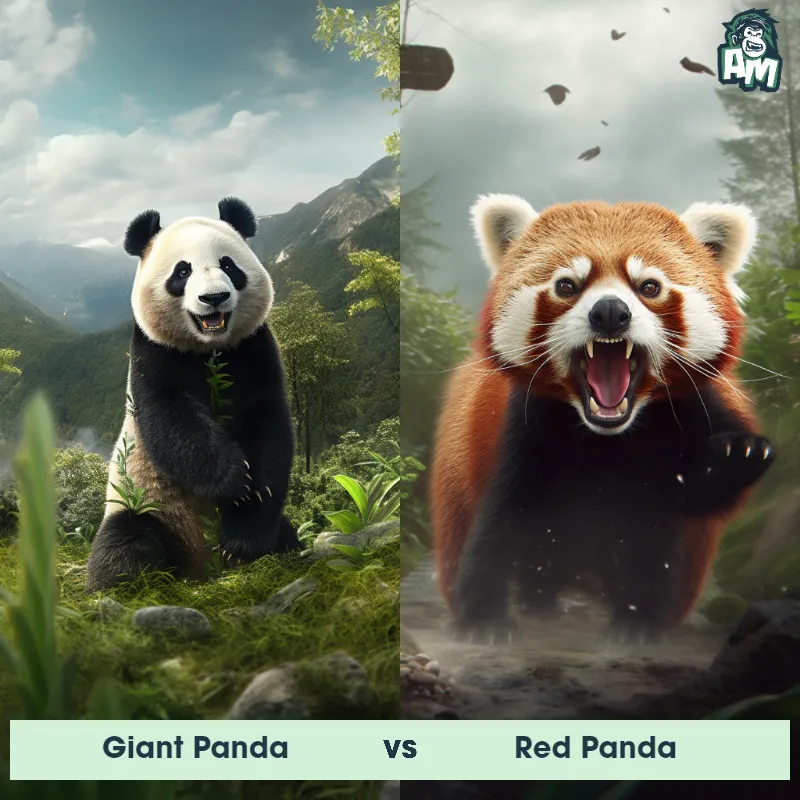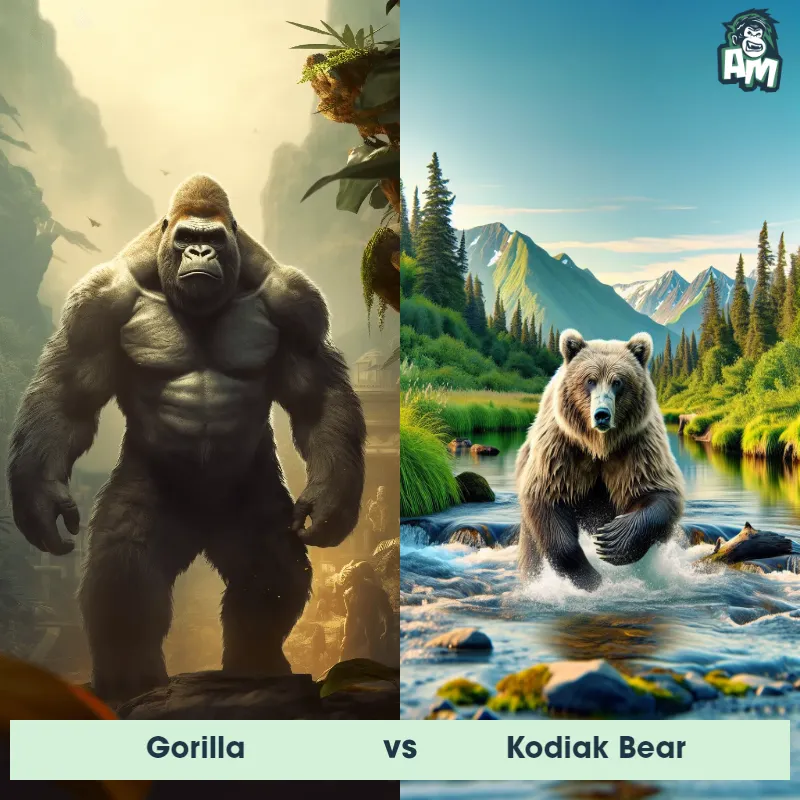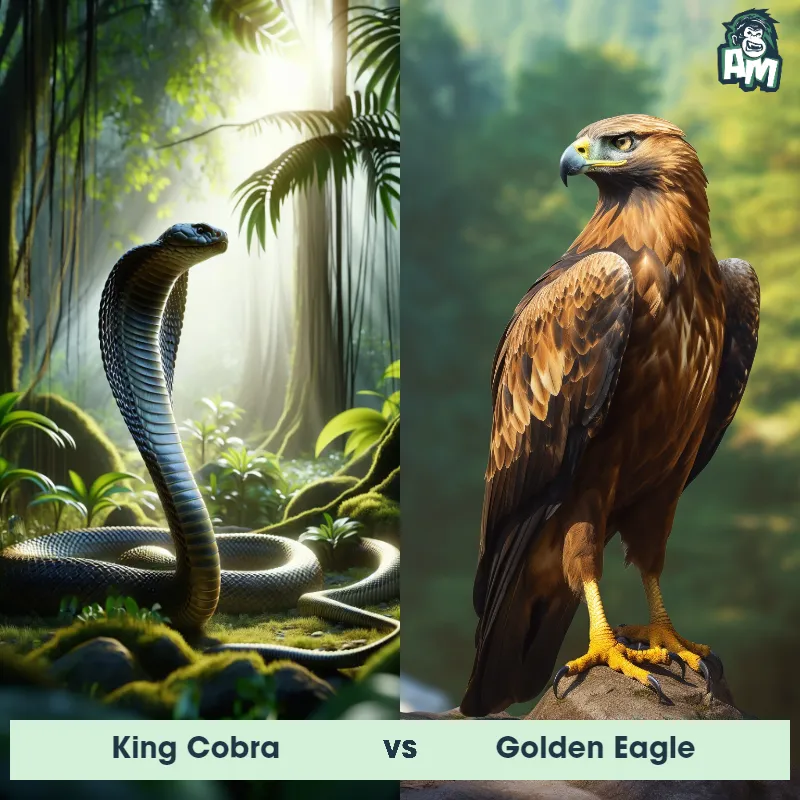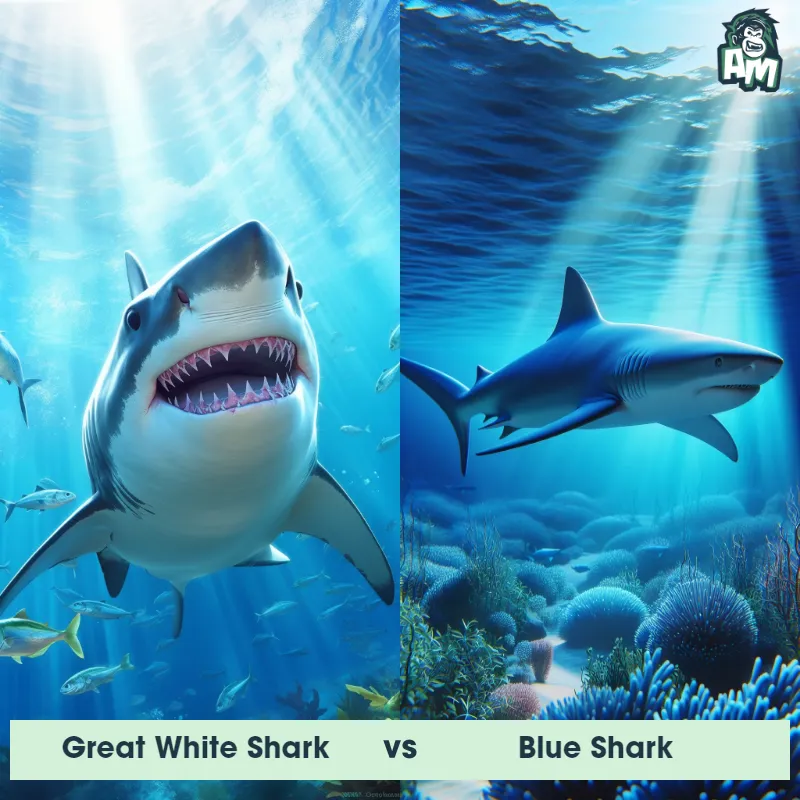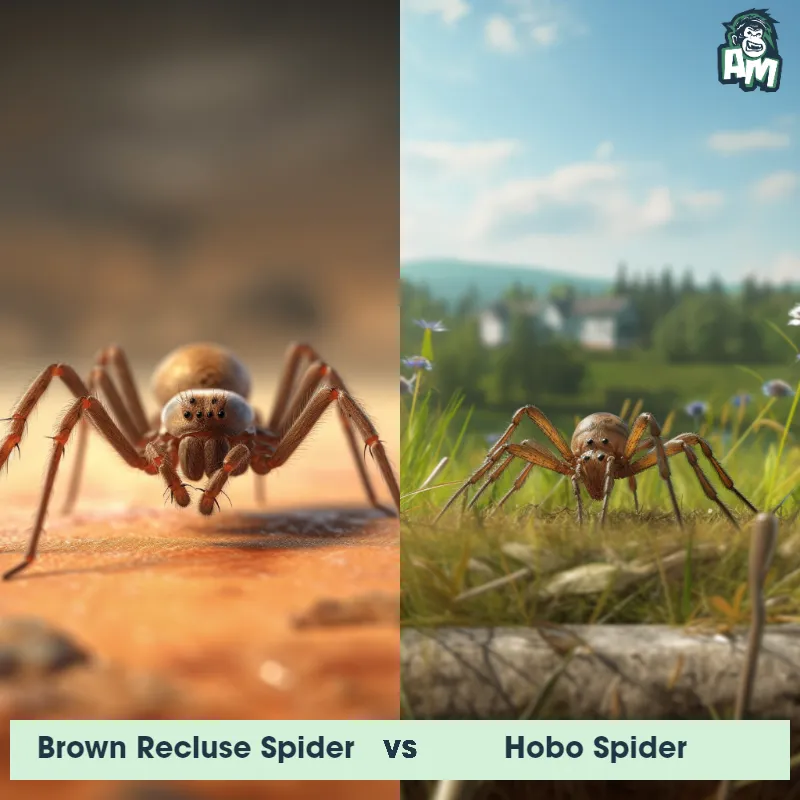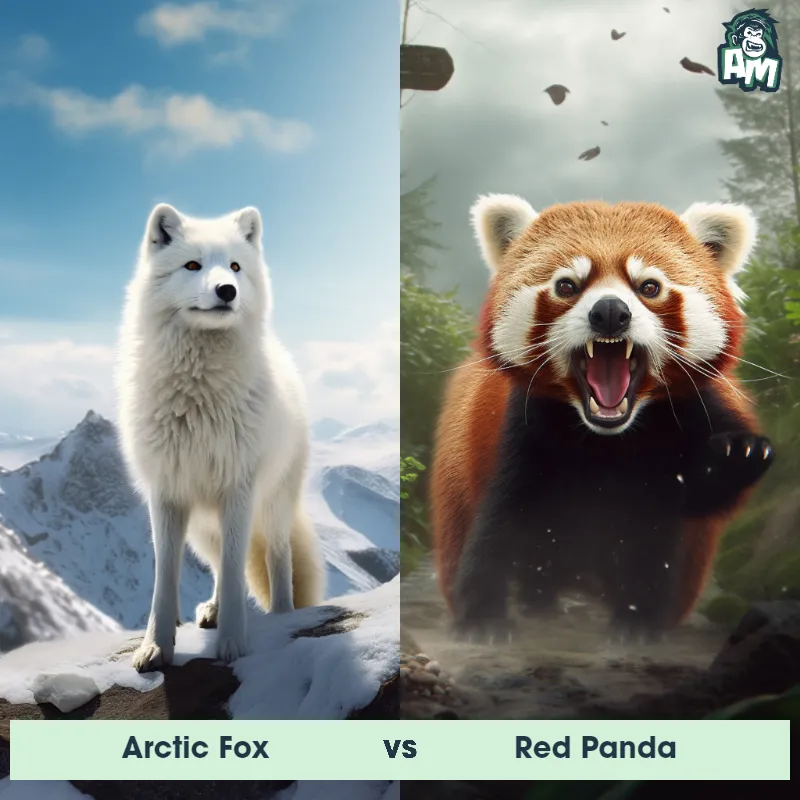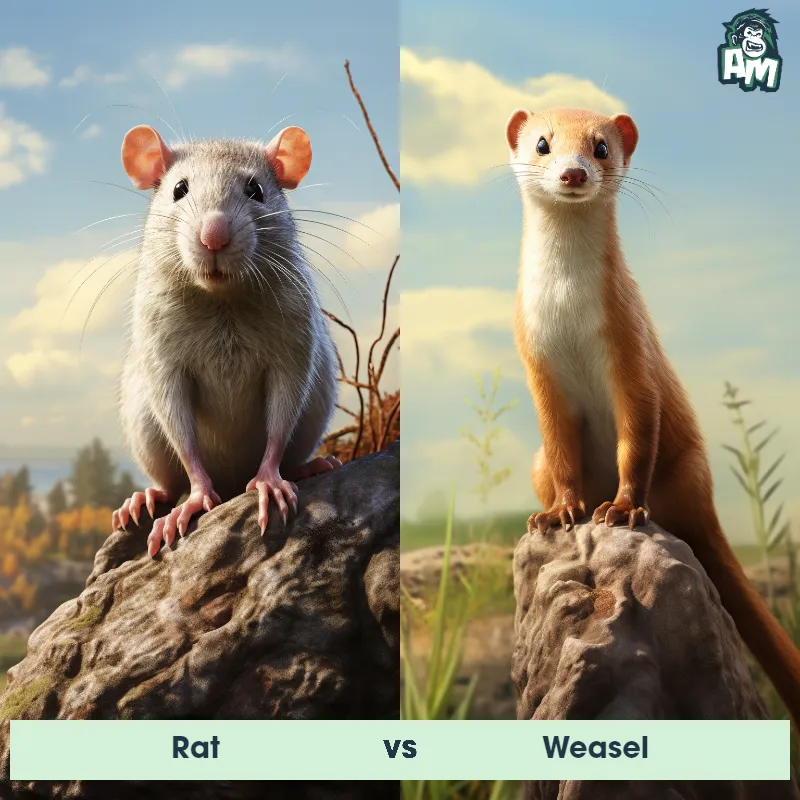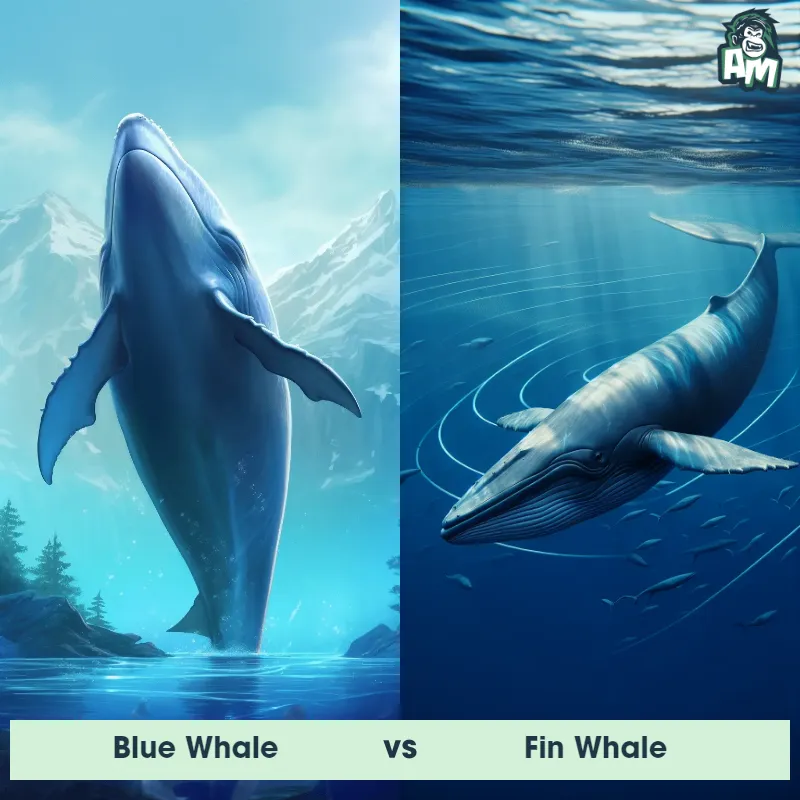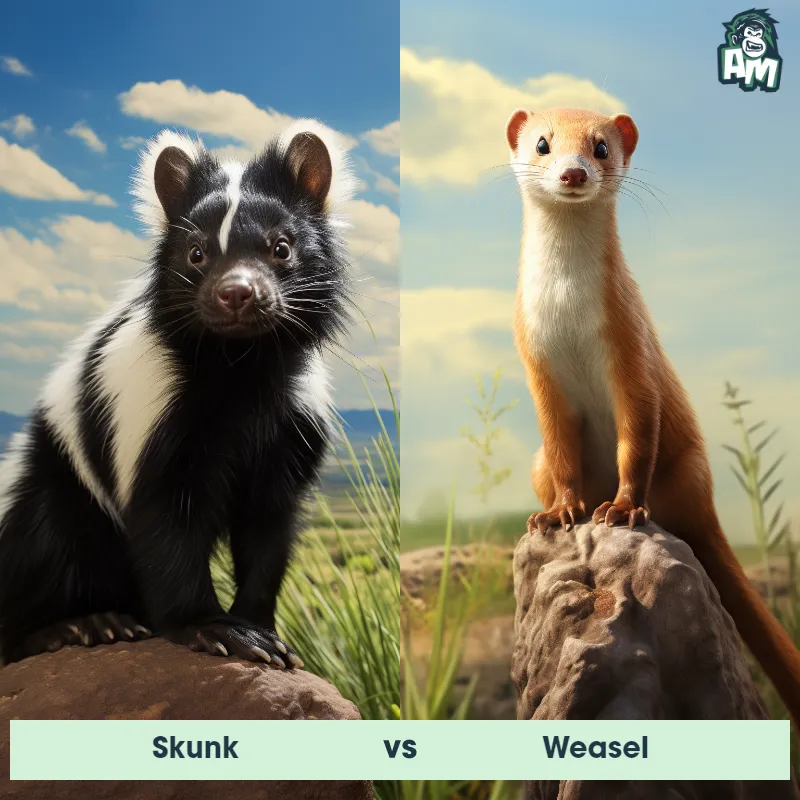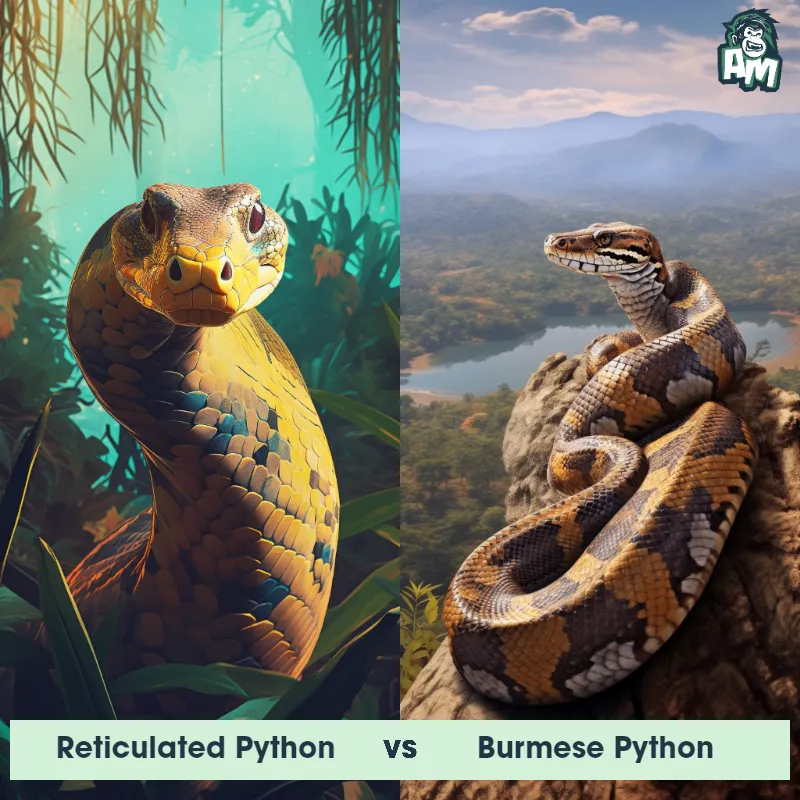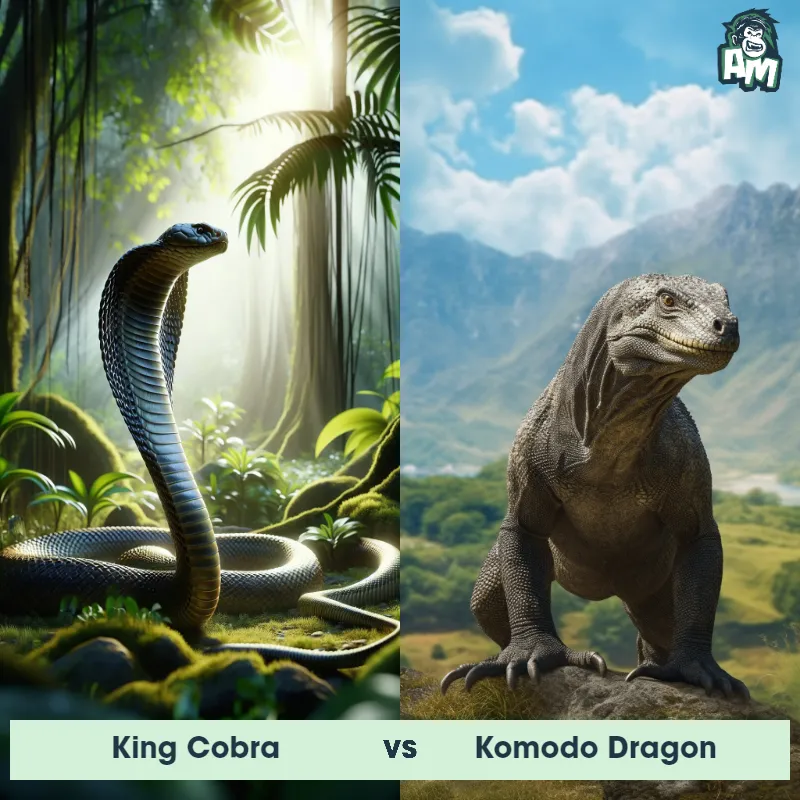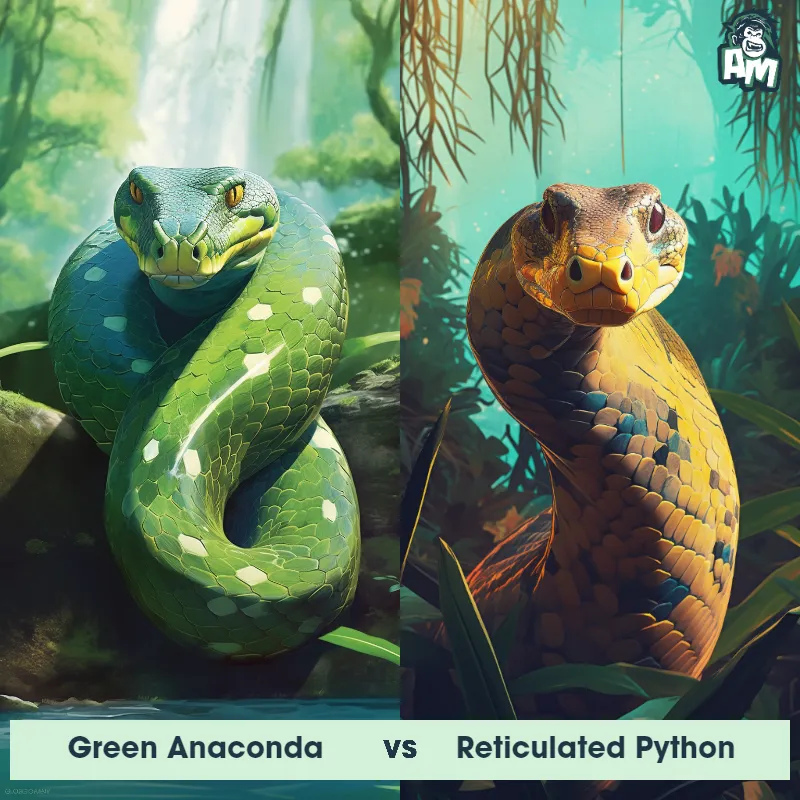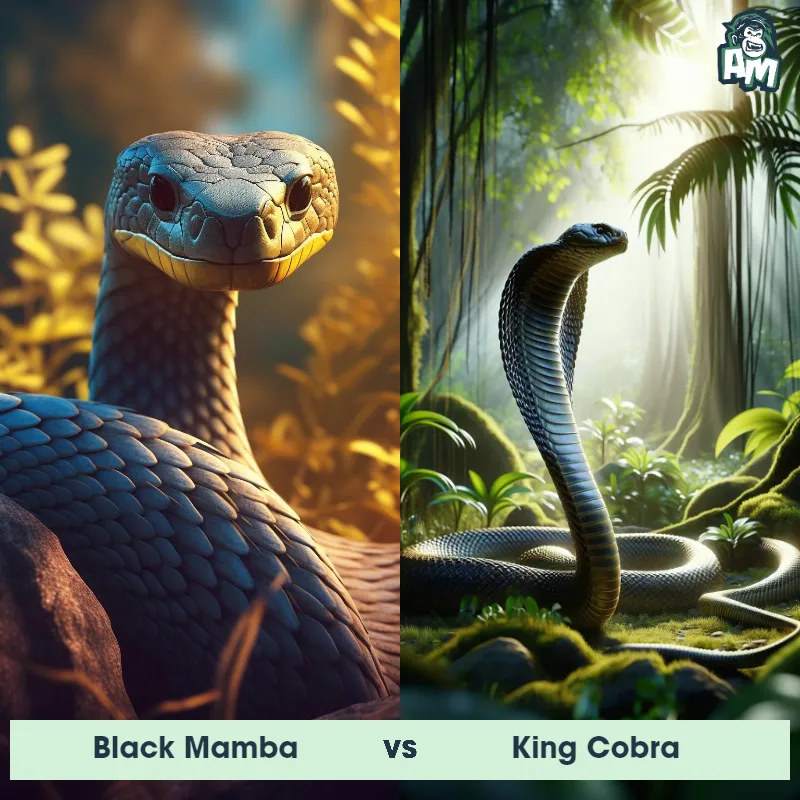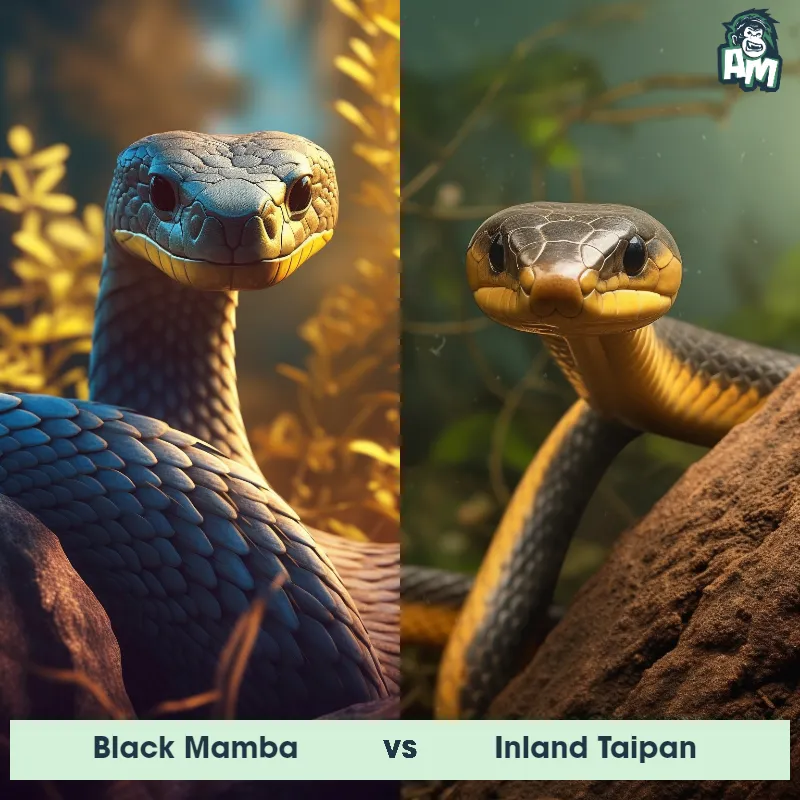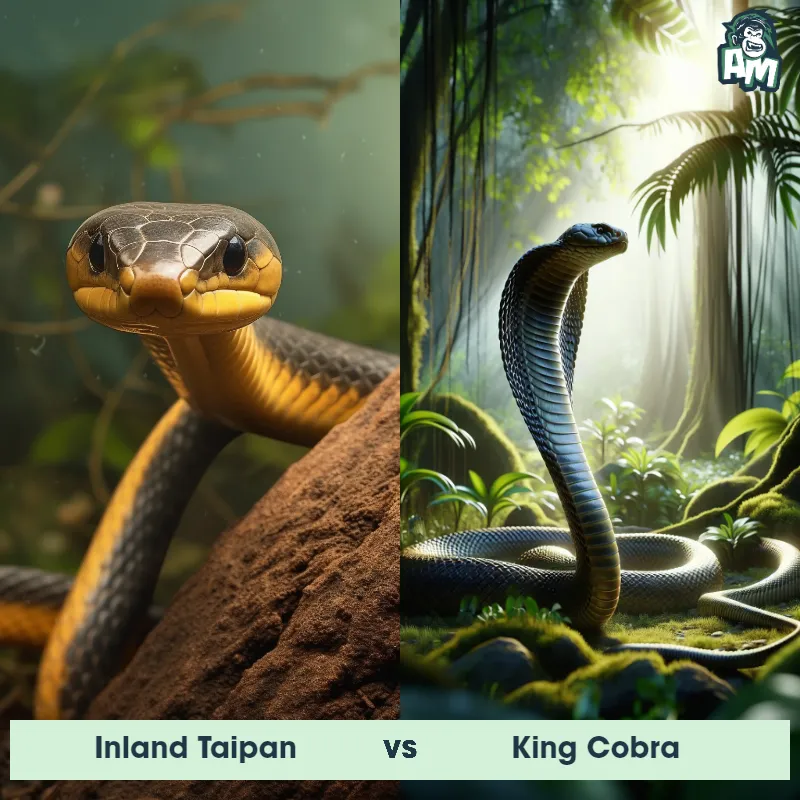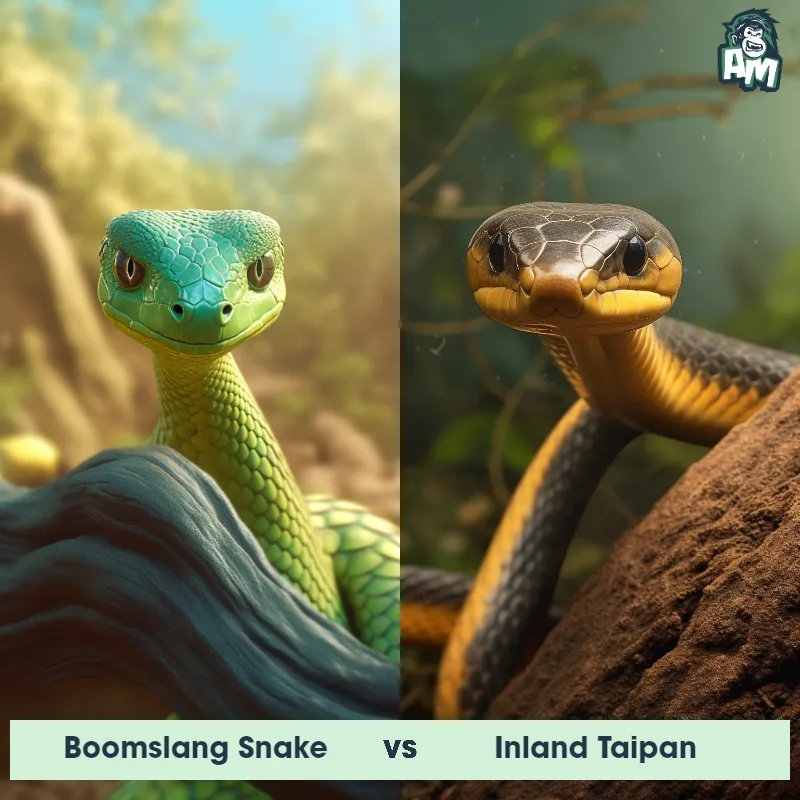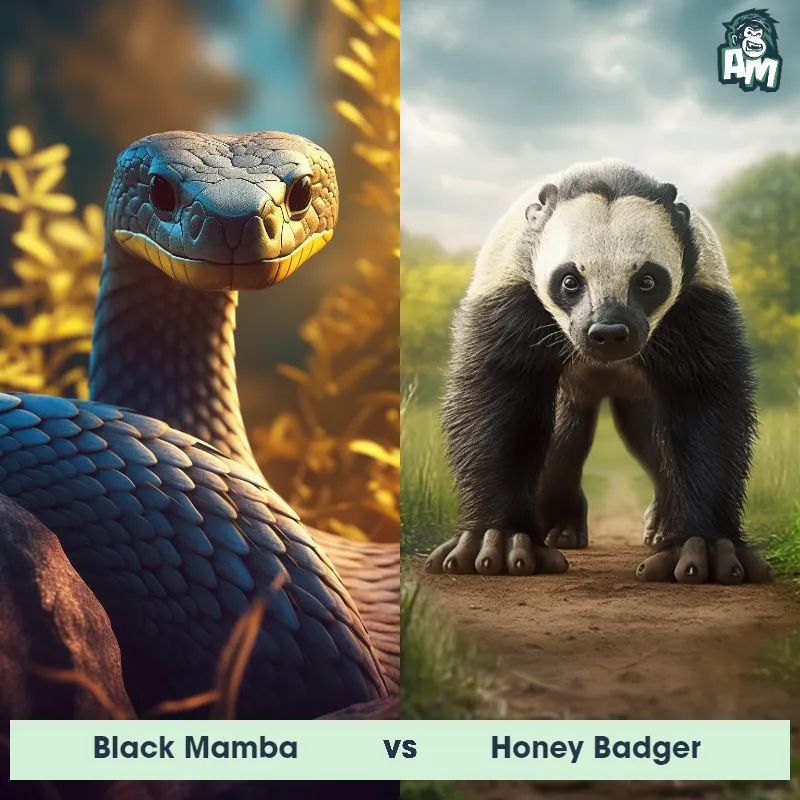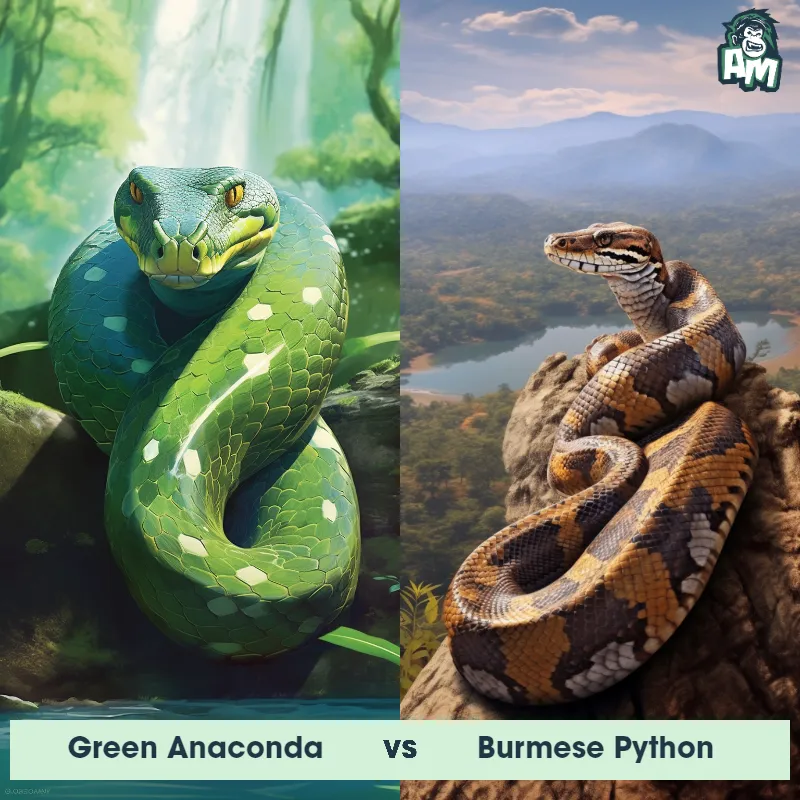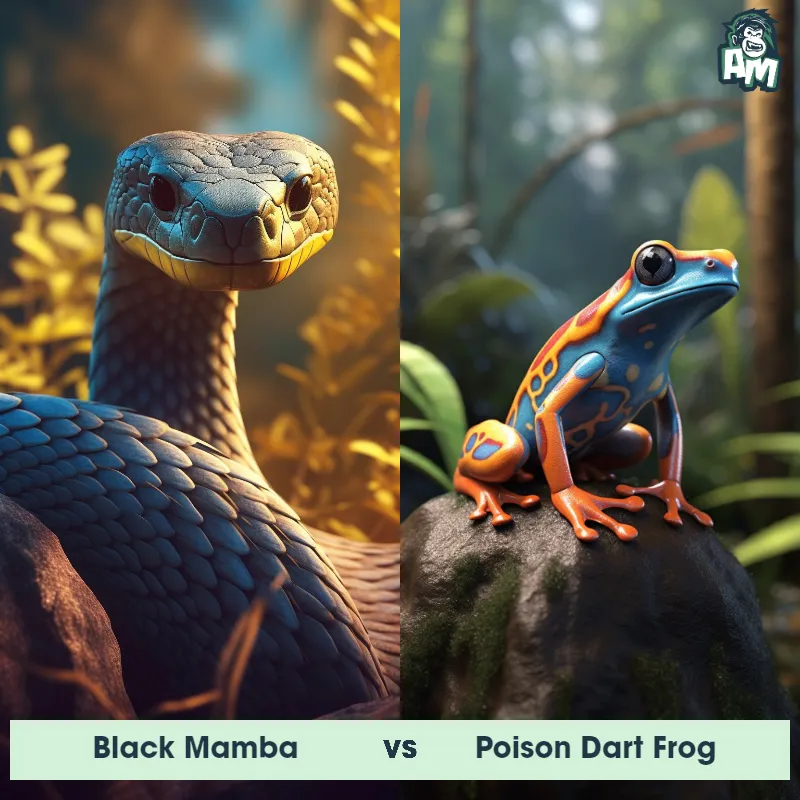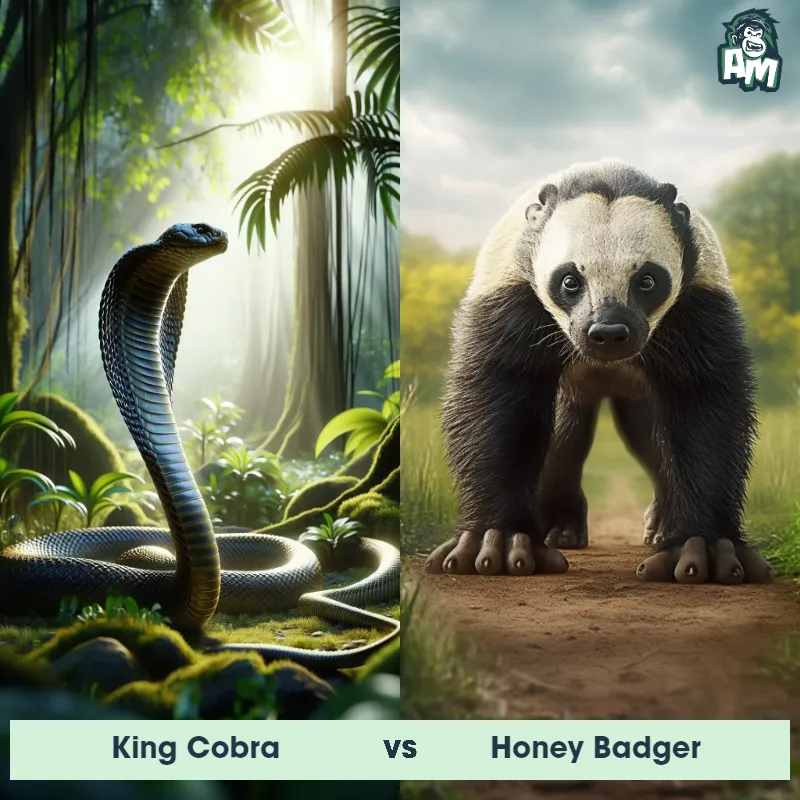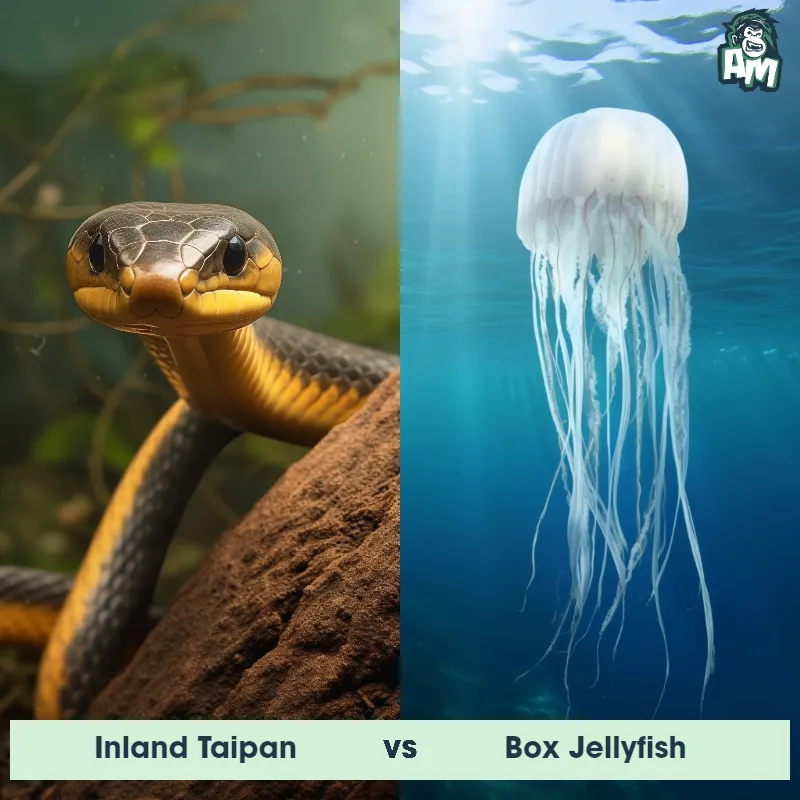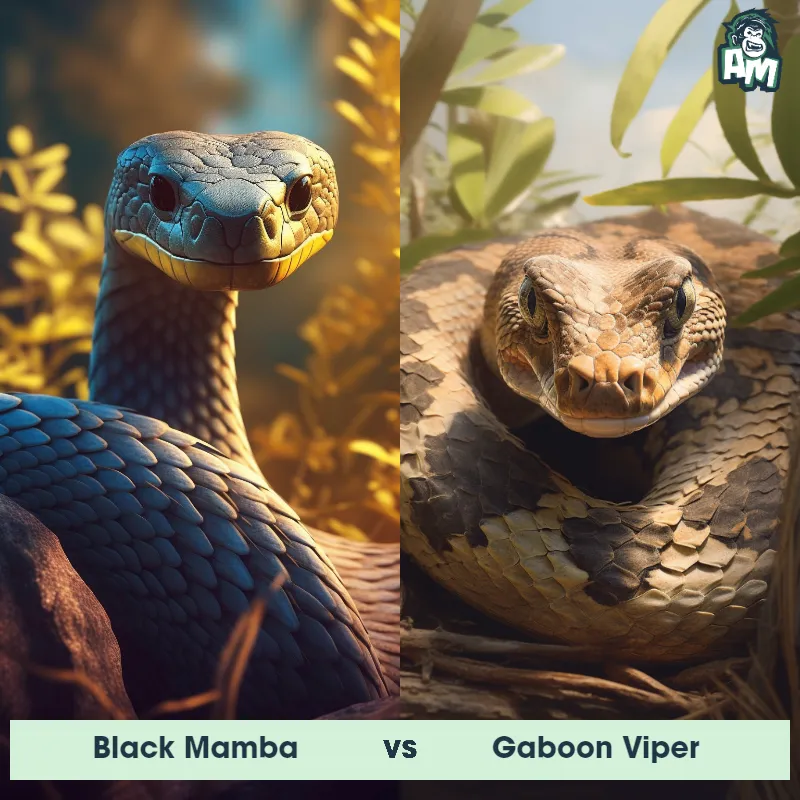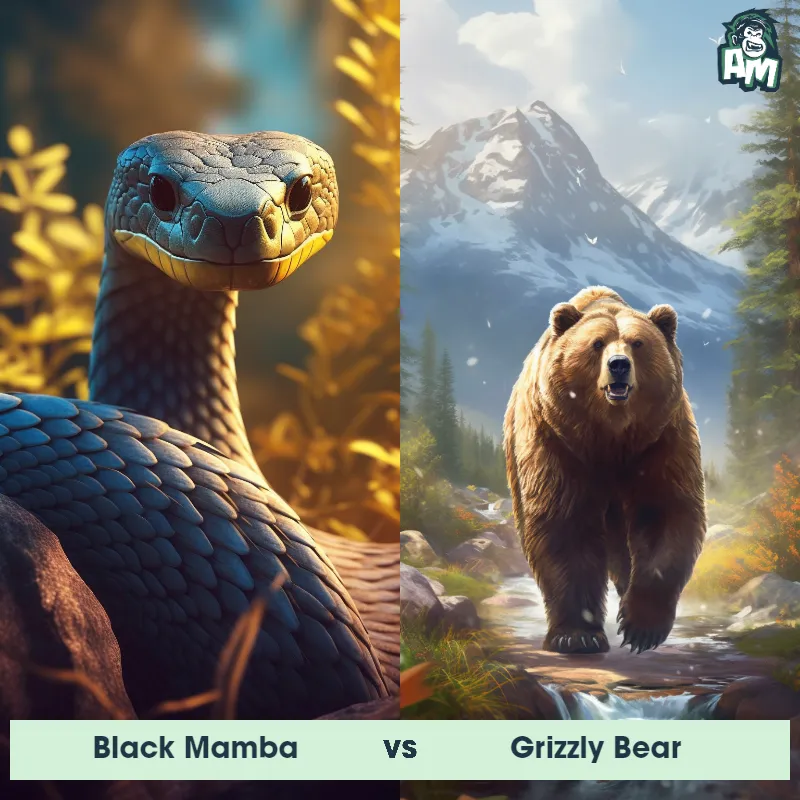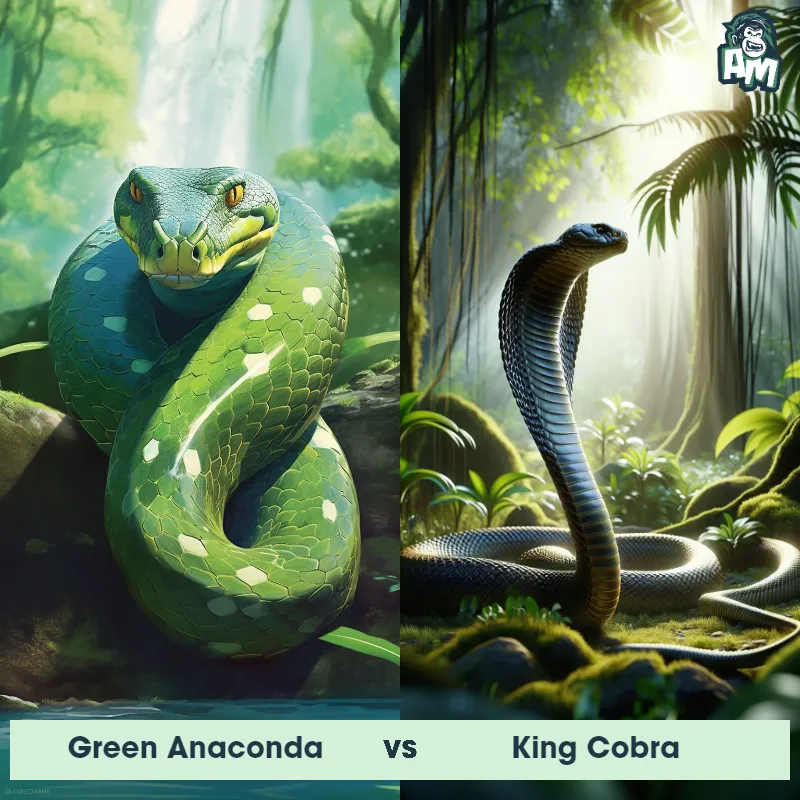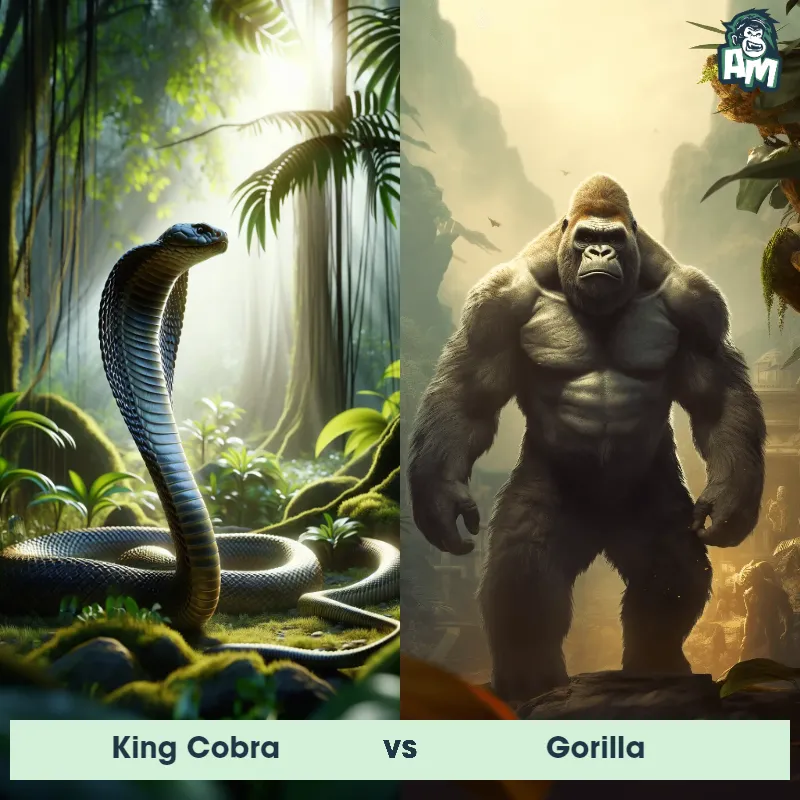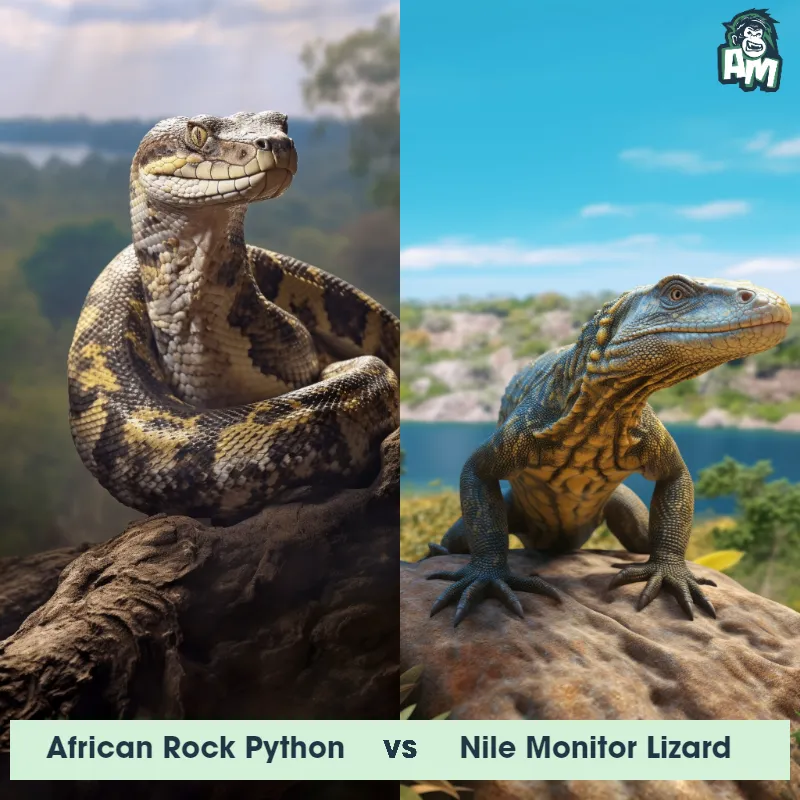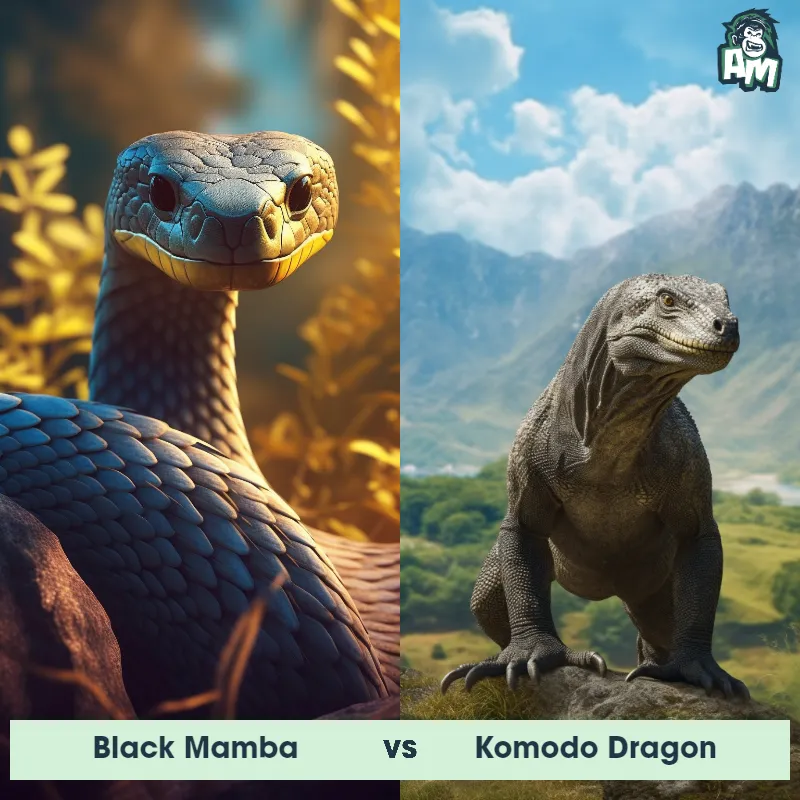King Cobra vs Ball PythonSee Who Wins

Ladies and gentlemen, welcome to this thrilling showdown between two fierce adversaries! In the red corner, we have the King Cobra, known for its deadly venom and lightning-fast strikes. And in the blue corner, we have the Ball Python, renowned for its incredible constriction skills and stealthy maneuvers. This promises to be an epic battle of strength and strategy!
Contender 1: King Cobra
The King Cobra, also known as Ophiophagus hannah, is the longest venomous snake in the world, reaching up to 18 feet in length. It has distinctive markings of black and yellow bands, and its head is large and flattened with two small eyes and nostrils. The King Cobra is found in Southeast Asia and is known for its deadly venom, which can cause respiratory failure and death in humans.
Fun Fact: The King Cobra is the only snake species that builds a nest for its eggs, which it guards fiercely until they hatch.
Contender 2: Ball Python
The Ball Python, also known as the Royal Python, is a non-venomous snake native to Sub-Saharan Africa. These snakes are named "ball" pythons because they have a habit of curling up into a tight ball when they feel threatened or defensive. They have a smooth and shiny appearance, with a varying array of colors and patterns, including various shades of browns, blacks, and whites. Ball pythons have a unique heat-sensing ability due to specialized pits in their faces, which helps them locate and capture prey. They are known for their docile and calm nature, making them popular pets among snake enthusiasts.
![[object Object] Gif](https://tenor.com/view/yawn-snake-slither-hiss-animal-gif-17279037.gif)
Fun Fact: Ball pythons are known for their ability to go for long periods without food. In the wild, during the dry season, they can survive for up to six months without eating by conserving their energy and slowing down their metabolism.
Matchup Stats
| King Cobra | Ball Python | |
|---|---|---|
| Size | Up to 18 feet (5.5 meters) | 4-6 feet (1.2-1.8 meters) |
| Weight | Up to 20 pounds (9 kilograms) | 3-5 pounds (1.4-2.3 kilograms) |
| Speed | Speed: 12 mph (19.31 km/hr) | 1mph (1.6km/h) |
| Key Strength | Venomous bite | Constriction and agility |
| Biggest Weakness | Vulnerable to larger predators | Lack of venom or defensive weaponry |
Current Votes
King Cobra vs Ball Python
See Who Wins
View More Matches
Looking For More?
Similar Matches
Scientific Stats
| King Cobra | Ball Python | |
|---|---|---|
| Scientific Name | Ophiophagus hannah | Python regius |
| Family | Elapidae | Pythonidae |
| Habitat | Forests, grasslands, and swamps | Terrestrial |
| Geography | Southeast Asia | Sub-Saharan Africa |
| Diet | Rodents, birds, and other snakes | Small mammals, birds, and reptiles |
| Lifespan | 20 years - 25 years | 15 years - 30 years |
Key Differences between King Cobra and Ball Python
- Eye Color: The King Cobra's eyes are particularly unique, as they have a yellow or gold iris with a distinctive black pupil. In contrast, the Ball Python typically has dark, round pupils with a brown or deep black iris.
- Head Shape: The King Cobra has a beautifully elongated, flattened head that features large, prominent eyes and highly developed sensory organs. On the other hand, the Ball Python has a more rounded and compact head shape in comparison.
- Venom: Perhaps the most crucial distinction lies in their venomousness, with the King Cobra being highly venomous and considered one of the most dangerous snakes in the world. Conversely, the Ball Python is non-venomous, relying on constriction to subdue its prey.
- Color: The King Cobra displays a distinctive coloration of olive to brown, with pale yellow or white bands and a black head. In contrast, the Ball Python exhibits a more varied color palette, ranging from shades of brown and black to lighter tones, with intricate patterns of spots or blotches.
- Body Shape: The King Cobra possesses a long, slender body with a graceful, tapering neck, allowing it to raise the front portion of its body vertically. Conversely, the Ball Python has a robust, cylindrical body shape with a relatively short neck.
- Size: The King Cobra is significantly larger than the Ball Python, reaching an average length of 10-18 feet, while the Ball Python typically grows to only 3-5 feet in length.



